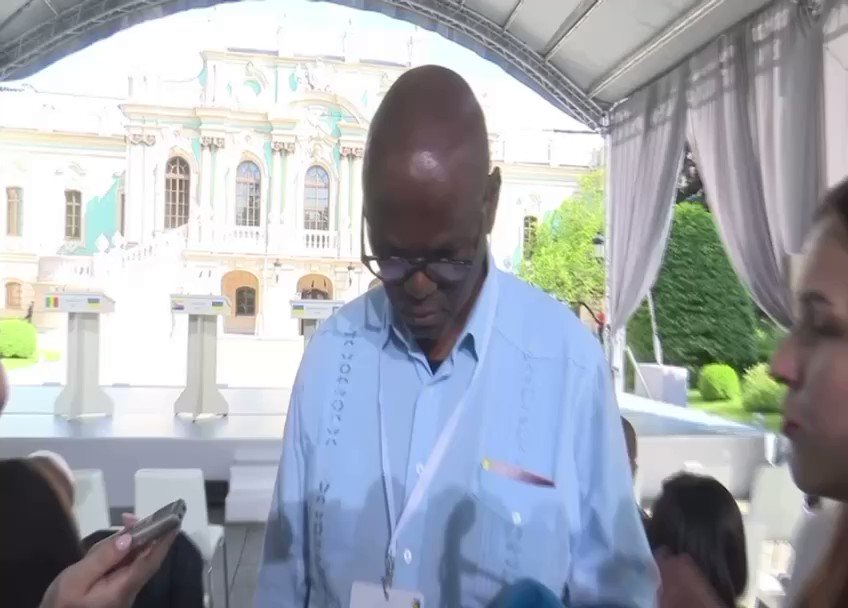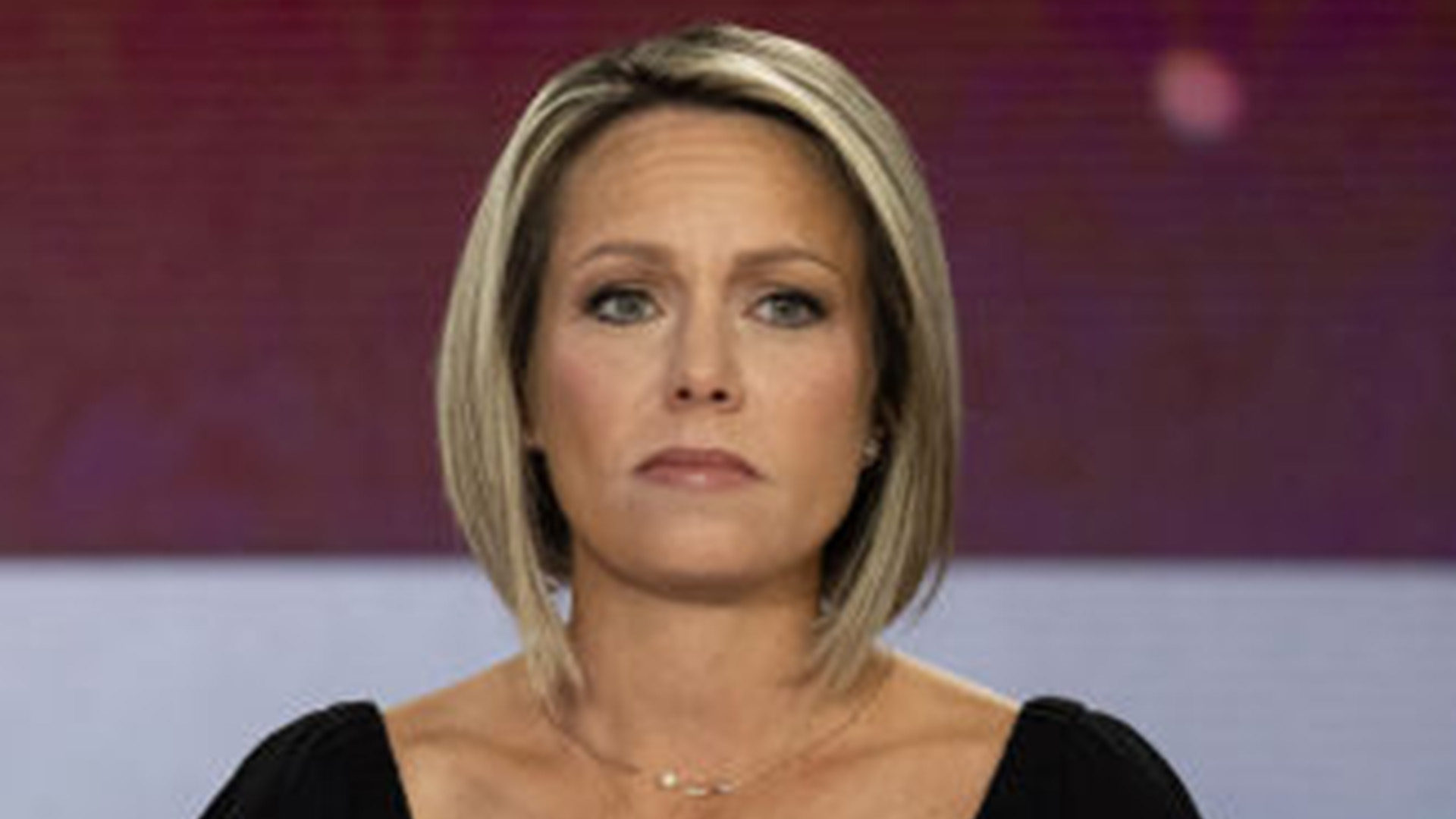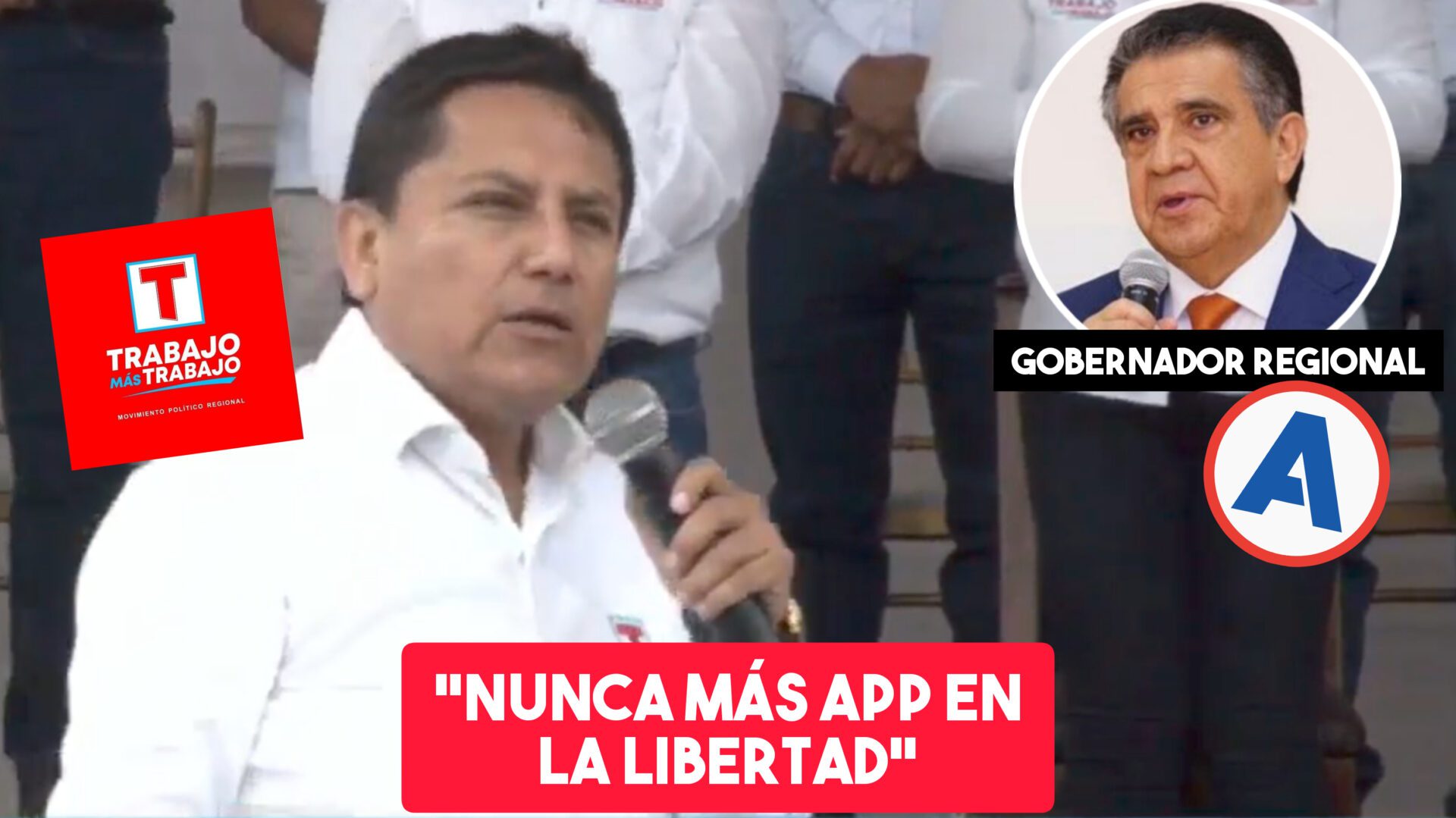Evaluating Ramaphosa's Response: What Other Diplomatic Approaches Were Available?

Table of Contents
Analysis of Ramaphosa's Diplomatic Strategy
Key Actions Taken
Ramaphosa's diplomatic strategy regarding the Russia-Ukraine conflict has centered on maintaining a neutral stance, emphasizing dialogue and mediation, and prioritizing South Africa's national interests within the complex web of international relations. Key actions include:
- February 2022: Public statements emphasizing the importance of peaceful conflict resolution through diplomacy and adherence to international law. Engagement with various international stakeholders including the UN.
- March 2022: Abstention from UN votes condemning Russia's actions, citing a commitment to non-aligned foreign policy. This decision significantly impacted South Africa's international relations.
- Ongoing: Engagement in bilateral talks with both Russia and Ukraine, aiming to facilitate dialogue and de-escalation. Active participation in BRICS summits, using these platforms to advocate for a peaceful resolution.
Successes: Ramaphosa's approach maintained South Africa's diplomatic standing with both sides, preventing a complete breakdown of bilateral relations. The continued dialogue channels, however fragile, offer potential pathways for future resolution.
Failures: The neutral stance has drawn criticism from Western nations, straining some international relationships. The limited impact on de-escalation efforts highlights the constraints of non-interventionist foreign policy in a major international crisis.
Strengths and Weaknesses of Ramaphosa's Approach
Ramaphosa's strategy demonstrated some strengths:
- Maintaining relationships: South Africa avoided alienating either Russia or the West, preserving important economic and political ties.
- Promoting dialogue: The emphasis on negotiation kept communication channels open, although progress has been minimal.
However, significant weaknesses exist:
- Lack of decisive action: Critics argue that a more forceful condemnation of Russia's invasion could have exerted greater international pressure. The perceived lack of decisive action undermined South Africa's moral authority on the world stage.
- Limited impact on conflict: The neutral position has demonstrably not facilitated a significant de-escalation in the conflict.
Exploring Alternative Diplomatic Approaches
Multilateral Engagement
A more robust multilateral approach through the United Nations, African Union, or G20 could have yielded different outcomes.
- Benefits: Collective pressure on Russia could have been more effective in achieving a ceasefire. A unified international response might have created stronger leverage for diplomatic solutions.
- Drawbacks: Securing broad international consensus on sanctions or other measures would have been challenging, given the diverse geopolitical interests at play. This strategy also carries the risk of further escalation.
Economic Sanctions and Incentives
Imposing targeted sanctions on Russia, or offering incentives for de-escalation, presents another avenue.
- Potential Sanctions: Restrictions on specific sectors of the Russian economy (like arms trade) could have been considered, aligning with international norms.
- Incentives: Offering financial aid or development assistance contingent upon Russian compliance with international law could have been attempted. However, implementing these successfully would require significant international cooperation.
- Impact: The effectiveness of these strategies depends on the strength of international cooperation and the willingness of Russia to respond to economic pressure. The impact on South Africa's own economy also needed careful consideration.
Track II Diplomacy and Civil Society Engagement
Involving non-state actors such as NGOs and civil society organizations could have complemented official diplomatic efforts.
- Benefits: Track II diplomacy can facilitate informal dialogue and confidence-building measures, often more flexible than formal state-to-state negotiations.
- Limitations: Track II initiatives are limited by their lack of formal power and the risk that they might be dismissed by state actors.
Conclusion
Ramaphosa's diplomatic response to the Russia-Ukraine conflict, characterized by neutrality and a focus on dialogue, has had both successes and significant shortcomings. While maintaining relationships with both sides was a priority, its impact on de-escalation has been limited. Alternative approaches, including stronger multilateral engagement, targeted economic measures, and active engagement of civil society, could have potentially yielded different outcomes. Further research is needed to fully evaluate Ramaphosa’s diplomatic response and explore alternative approaches in foreign policy. Only through a thorough understanding of these various strategies can we improve diplomatic effectiveness in resolving future international crises and better analyze Ramaphosa's diplomatic legacy.

Featured Posts
-
 Dylan Dreyers Near Miss Why She Almost Missed Hosting The Today Show
May 23, 2025
Dylan Dreyers Near Miss Why She Almost Missed Hosting The Today Show
May 23, 2025 -
 Deconstructing Big Rig Rock Report 3 12 Rock 101 Principles
May 23, 2025
Deconstructing Big Rig Rock Report 3 12 Rock 101 Principles
May 23, 2025 -
 What Movies Are Leaving Hulu This Month A Full List
May 23, 2025
What Movies Are Leaving Hulu This Month A Full List
May 23, 2025 -
 La Libertad Elias Rodriguez Acusa A App De Denuncia Por Venganza Politica
May 23, 2025
La Libertad Elias Rodriguez Acusa A App De Denuncia Por Venganza Politica
May 23, 2025 -
 Sses 3 Billion Spending Cut A Response To Slowing Economic Growth
May 23, 2025
Sses 3 Billion Spending Cut A Response To Slowing Economic Growth
May 23, 2025
Latest Posts
-
 Neal Mc Donoughs Role In The Last Rodeo
May 23, 2025
Neal Mc Donoughs Role In The Last Rodeo
May 23, 2025 -
 Smart Shopping For Memorial Day 2025 Best Sales And Deals
May 23, 2025
Smart Shopping For Memorial Day 2025 Best Sales And Deals
May 23, 2025 -
 Dallas Welcomes The Usa Film Festival Free Movies And Star Guests
May 23, 2025
Dallas Welcomes The Usa Film Festival Free Movies And Star Guests
May 23, 2025 -
 Dc Legends Of Tomorrow The Ultimate Fans Resource
May 23, 2025
Dc Legends Of Tomorrow The Ultimate Fans Resource
May 23, 2025 -
 Usa Film Festival In Dallas A Celebration Of Cinema With Free Screenings
May 23, 2025
Usa Film Festival In Dallas A Celebration Of Cinema With Free Screenings
May 23, 2025
